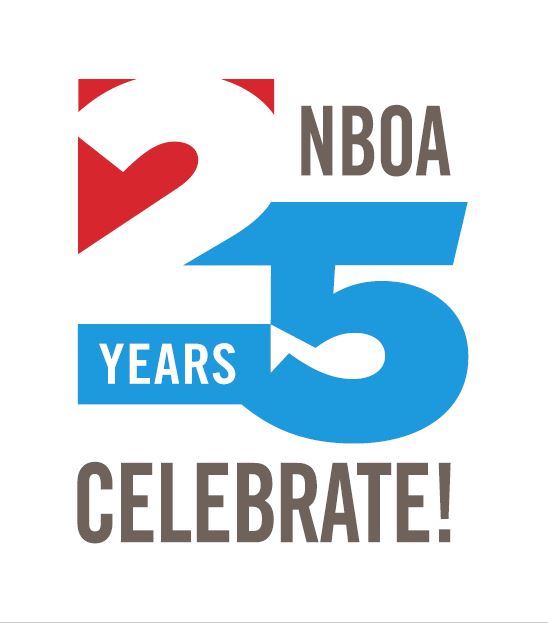The following excerpt comes from "Celebrate! 25 Years of NBOA," the story of how NBOA came to be, how it’s evolved over 25 years, and where it is going in the next 25 years. Read the previous excerpt, "Celebrate! 25 Years of NBOA: Who Was at the Table?" here. Thank you to United Educators for providing the following reflection.
Over the past 25 years, risks at independent schools have evolved due to societal changes and growing operational complexities. Schools — especially their business officers — have worked hard to become more capable risk managers in recent decades. They shifted from mere insurance buyers into experts who could inform colleagues on exposures and help drive complex risk mitigation.
While historically a routine accident claim may have been quickly resolved through discussions among the parents, school and insurance provider, public trust in institutions has declined, third-party litigation financing is on the rise, and claimants are increasingly engaging counsel. These factors contribute to the rising costs of claims of all types, but some risk areas deserve special attention.
Loss Causes
An examination of United Educators’ (UE’s) K-12 member claims in 2001, 2006, 2011, 2016 and 2021 shows that the causes of the most losses are stable over time.
For Primary General Liability (CGL) coverage, the causes of loss consistently generating the most losses over time are slips and falls, sexual assault and misconduct (SAM), athletic activity including traumatic brain injury (TBI), bodily injury and civil assault claims. In the more recent years SAM claims have emerged as the loss leader.
For Educators Legal Liability (ELL), the leading causes of loss over time have been whistleblower violation, breach of contract, wrongful termination and discrimination claims. Discrimination claims have outpaced the rest, with race, gender, age and disability discrimination claims consistently generating the bulk of discrimination losses.
While the total cost of claims is increasing for tragic claims related to student deaths and sexual abuse, that’s only part of the story. Losses also are rising for' longstanding claim topics.
School Resources
Risk management as a profession has grown only slightly in K–12 education. A 2013 Net Assets article quoted UE’s President and CEO Janice Abraham saying that only 5% of schools had a dedicated risk management employee. Nine years later, in our 2022 Top Risks Survey, only 13% of independent schools report having an employee primarily dedicated to risk management.
Most schools don’t have the resources to hire a full-time risk manager, so many are taking a school-wide approach to meet today’s liability risk reality. Even the smallest schools can bring their leaders together from across departments to address risks in an incremental way, creating an enterprise risk management program.
Important Questions To Ask About Risk
Take time at your next leadership meeting to discuss risks for your school. You may find that you can collaborate on and amplify risk mitigation that is already underway. Here are questions to start the discussion for your leadership team:
- Do we agree on our school’s top five (or 10) risks?
- How aligned are we around those risks as a leadership team? Between the leadership team and the board?
- Which risks aren’t getting enough attention? Which ones get too much attention?
- What can we do to ensure that our risk management helps our school succeed in its mission?
- Which risks have we not experienced yet but are things for which we should prepare?




